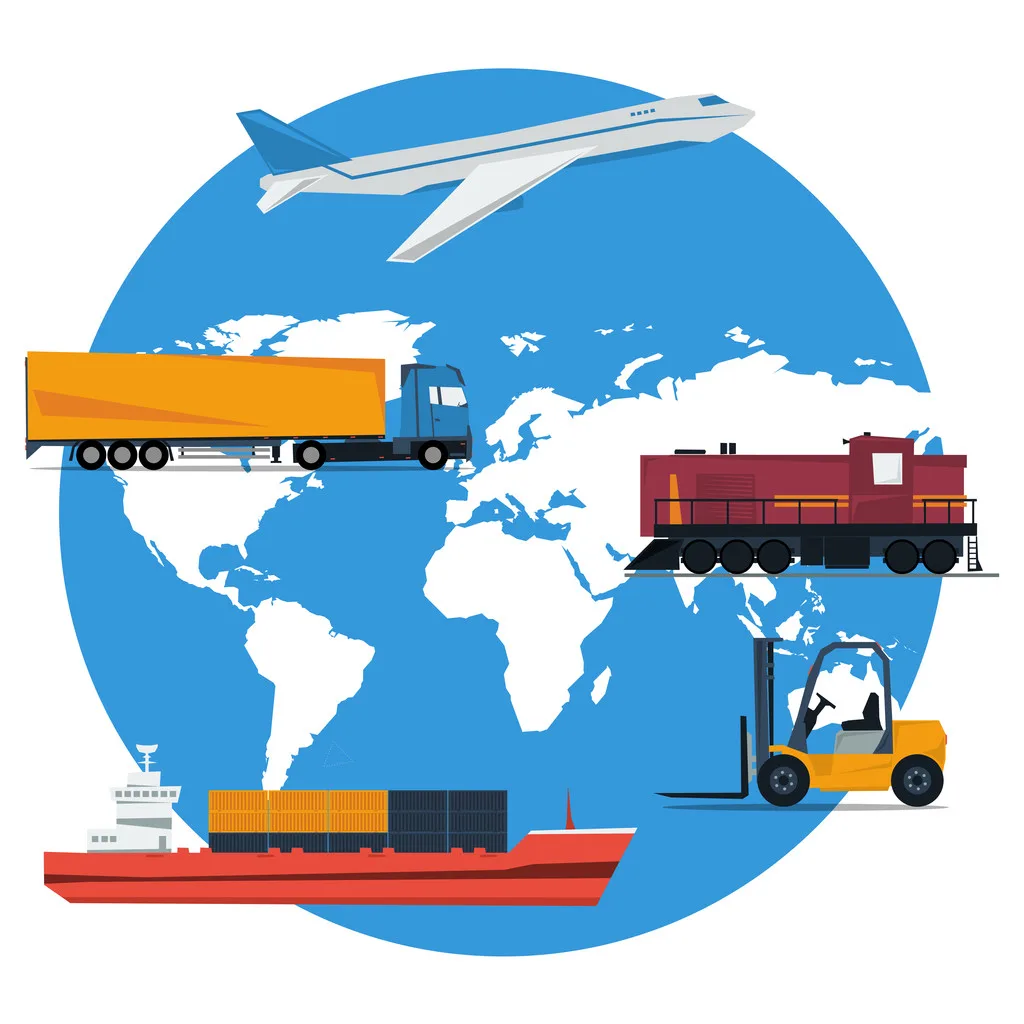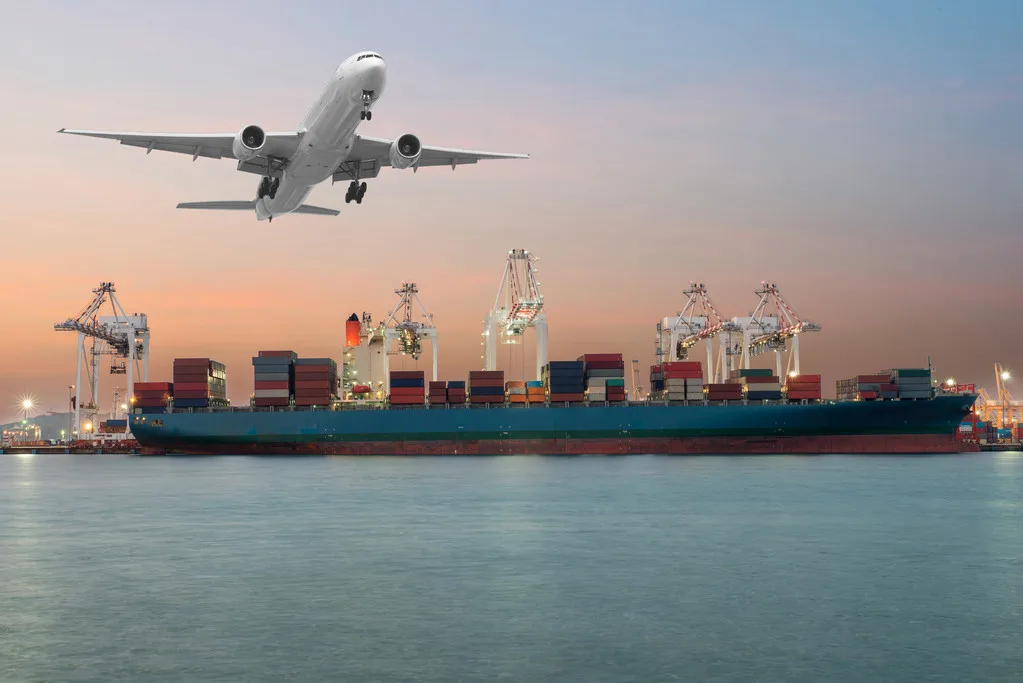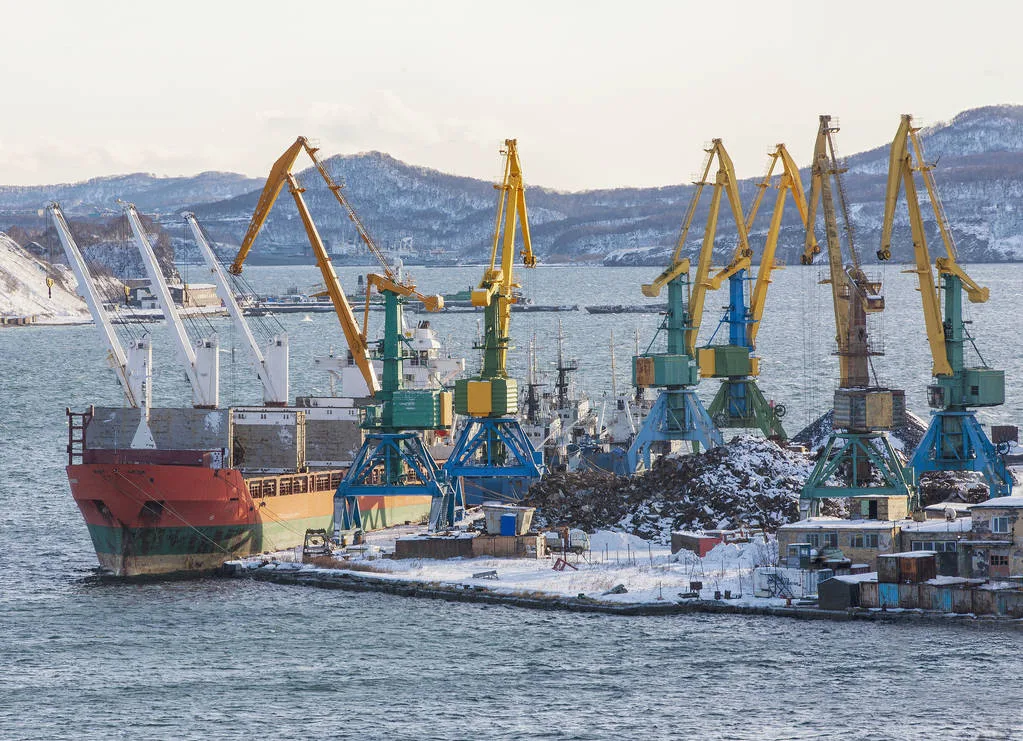Shipping from China to Singapore is a well-established process that supports strong trade relations between these two countries. This article mainly takes you to understand the relevant information of transportation from China to Singapore
Shipping From China To Canada By Sea
Shipping Time from Different Cities in China to Canada
Sea freight is the most economical mode of transportation, suitable for non urgent and bulky goods. According to previous information, the estimated shipping time from different cities in China to major ports in Canada (such as Vancouver, Toronto, Montreal, etc.) is as follows:
It takes approximately 23 working days from Shenzhen and Shanghai to Toronto.
It takes about 24 working days from Ningbo and Guangzhou to Toronto.
It takes about 25 working days from Xiamen to Toronto.
It takes about 22 days from Dalian and Qingdao to Toronto.
It takes about 26 days from Tianjin to Toronto.
It takes approximately 13 working days from Shenzhen to Vancouver.
It takes approximately 19 working days from Xiamen to Vancouver.
It takes about 16 working days from Ningbo to Vancouver.
It takes about 14 days from Shanghai to Vancouver.
It takes approximately 17 working days from Guangzhou to Vancouver.
It takes about 20 working days from Qingdao, Tianjin, and Dalian to Vancouver.

Shipping Process From China To Canada By Sea
Prepare documents and goods: Organize necessary documents such as export customs declaration, commercial invoice, packing list, etc., and ensure that the packaging of the goods meets international transportation standards.
Choose a logistics company: Choose a reputable international logistics company, such as NEW SPEED, or a local freight forwarder.
Freight shipment: The logistics company will arrange for the goods to be loaded onto the ship from Chinese ports.
Sea transportation: Goods are transported by sea to the destination port in Canada.
พิธีการศุลกากร : After the goods arrive in Canada, they need to go through customs clearance. Local customs clearance agents may be required to assist in completing the process.
Inland transportation: After customs clearance, the goods are transported from the port to the final destination by truck or rail as needed.
Shipping From China To Canada By Air
Air freight is fast but relatively expensive, making it suitable for urgent or high-value goods.
Air freight process: including preparation of documents, selection of airline or freight agent, departure and arrival at the airport, customs clearance, and final inland transportation.
Timeliness: Commercial express delivery services such as ดีเอชแอล, UPS, FedEx, TNT, etc. typically arrive in Canada within 3-5 working days, but may incur tariffs, with a Canadian tariff threshold of 20 Canadian dollars.
How Much Does It Cost To Shipping From China To Canada
The transportation cost from China to Canada will be affected by various factors, including the weight, volume, transportation method (such as EMS, DHL, FedEx, UPS or sea freight, etc.) of the package, whether special items are included, as well as current freight policies and seasonal adjustments. The following is an approximate cost range based on historical data, but please note that actual costs may vary and have been converted to Canadian dollars based on recent exchange rates (approximately 1 RMB=0.20 CAD).
EMS (China Post)
The cost is usually calculated based on the actual weight and is divided into initial weight and additional weight. For example, the starting cost for the official website may be 46 Canadian dollars (280 RMB for the first weight), followed by an increase of approximately 15 Canadian dollars (75 RMB) for every 0.5kg added thereafter. However, this may not be the most economical option and delivery times may be unstable.
Youduoduo Shipping may offer more affordable options, and the specific cost depends on its latest quotation information.
ดีเอชแอล
Sending 2 kilograms of items costs approximately 35 Canadian dollars, 3 kilograms cost approximately 43 Canadian dollars, and 5 kilograms cost approximately 57 Canadian dollars.
The delivery time is approximately 3-6 days, making it particularly suitable for transporting international brand products and live products.
เฟดเอ็กซ์
Sending 2 kilograms of items costs approximately 29 Canadian dollars, 3 kilograms costs approximately 55 Canadian dollars, and 5 kilograms costs approximately 77 Canadian dollars.
The delivery time is 3-7 days, compatible with various live products and mobile power sources.
ยูพีเอส
Sending 2 kilograms of items costs approximately 54 Canadian dollars, 3 kilograms costs approximately 67 Canadian dollars, and 5 kilograms costs approximately 91 Canadian dollars.
The fastest delivery time is 2-5 days, which is very suitable for electronic products, mobile power supplies, and pure battery products, although inspecting packages may incur additional costs.
Other logistics service providers
Some logistics services may charge a fee of approximately $34 for the first weight and $13 for the additional weight of small packages, with an average delivery time of around 15 working days.
The shipping cost varies depending on the destination, such as approximately $4-7 per kilogram in the Vancouver area and $5-8 per kilogram in non Vancouver areas, making it suitable for transporting large quantities of goods that are not urgently needed.
Please contact the relevant courier company or logistics supplier directly to obtain the latest cost quotation, especially when it comes to transportation of special items such as food, medicine, etc., please confirm whether mailing is allowed and whether there are any additional restrictions or costs.

How Long Does It Take For China To Ship Goods To Canada
The time required to transport goods from China to Canada depends on the selected transportation method. The following is an approximate range of transportation time:
Air freight:
It usually takes 2-5 working days. The specific time is influenced by factors such as the weight and volume of the goods, the distance between the starting and ending points, flight frequency, and service type. Excluding customs clearance time, customs clearance may require additional time.
Express delivery:
Express delivery services typically arrive in Canada within 5 to 10 working days, depending on the courier company, type and weight of goods, destination location, and customs clearance speed.
Shipping (by sea):
The shipping time is relatively long, taking about 20 to 40 days. The actual time is influenced by factors such as route selection, cargo characteristics, transportation demand, and the efficiency of shipping companies.
Under normal circumstances, it takes about 30-40 working days to ship by sea to Canada, and it takes about 30-35 days to reach the door after the ship departs. However, this also depends on the location of the place of origin and destination port.
For certain routes or specific services, sea freight may take about a month, especially for commercial sea freight, which usually takes about a month to reach Canada, while postal sea freight may take longer, sometimes 2-3 months.

Documents required for Shipping from China to Canada
When transporting goods from China to Canada, the following basic documents need to be prepared:
Commercial Invoice:
Clearly list the detailed description, quantity, unit price, total price, and country of origin of the goods.
Packing List:
List the details of the items inside each packaging box, including weight, size, material, etc.
Customs Declaration Form:
Used to declare the nature, value, and use of goods to customs to ensure compliance with import regulations.
Bill of Lading/Bill of Lading or Air Waybill/AWB:
As proof of ownership of the goods and transportation contract, display information such as shipper, consignee, description of the goods, transportation route, etc.
Export license or license certificate (if necessary):
Depending on the type of goods, certain products may require specific export licenses.
Certificate of Origin (COO):
Proving the country of production of the goods helps determine the applicable tariff rate.
Inspection and Quarantine Certificate (for specific goods):
For food, plants, animal products, etc., it may be necessary to prove that they meet hygiene and safety standards.
Letter of Authorization (LOA):
If customs declaration is processed through a third party (such as a freight forwarder), it may be necessary for the shipper to authorize the third-party agent to handle the customs declaration documents.
Personal belongings list (applicable to the transportation of personal belongings):
List all personal belongings and their value to prove non-commercial use, and may also require proof of residence, work visa, or immigration documents.
Insurance Policy (Optional):
If you choose to insure the goods, you need to provide insurance documents.
Depending on the specific type and purpose of the goods, other specific documents may be required. It is recommended to communicate with a professional logistics company or freight forwarder in advance, confirm all necessary documents, and understand the latest Canadian customs requirements and restrictions to ensure smooth customs clearance.

Shipping routes from China to Canada
There are two main sea routes for transporting goods from China to Canada:
Pan Pacific route:
This route passes through the Pacific Ocean and may pass through Japan, the West Coast of the United States, and ultimately reach ports in Canada such as Vancouver, Seattle, and Los Angeles. The voyage takes approximately 18-25 days. This route has a relatively fast delivery time and is suitable for transporting goods with high time requirements.
Suez Canal Route:
This route passes through the Suez Canal, crosses the Atlantic, and may pass through some ports in Europe, ultimately reaching east coast ports such as Montreal and Toronto in Canada. Due to the long route, the voyage takes approximately 30-35 days. This route is more suitable for transporting goods with lower time sensitivity or specific destinations.
In addition to sea transportation, air transportation is also an important option. Multiple cities in China, such as Beijing and Shanghai, have direct flights to cities such as Toronto and Vancouver in Canada, making it suitable for rapid transportation of urgent or high-value goods.

